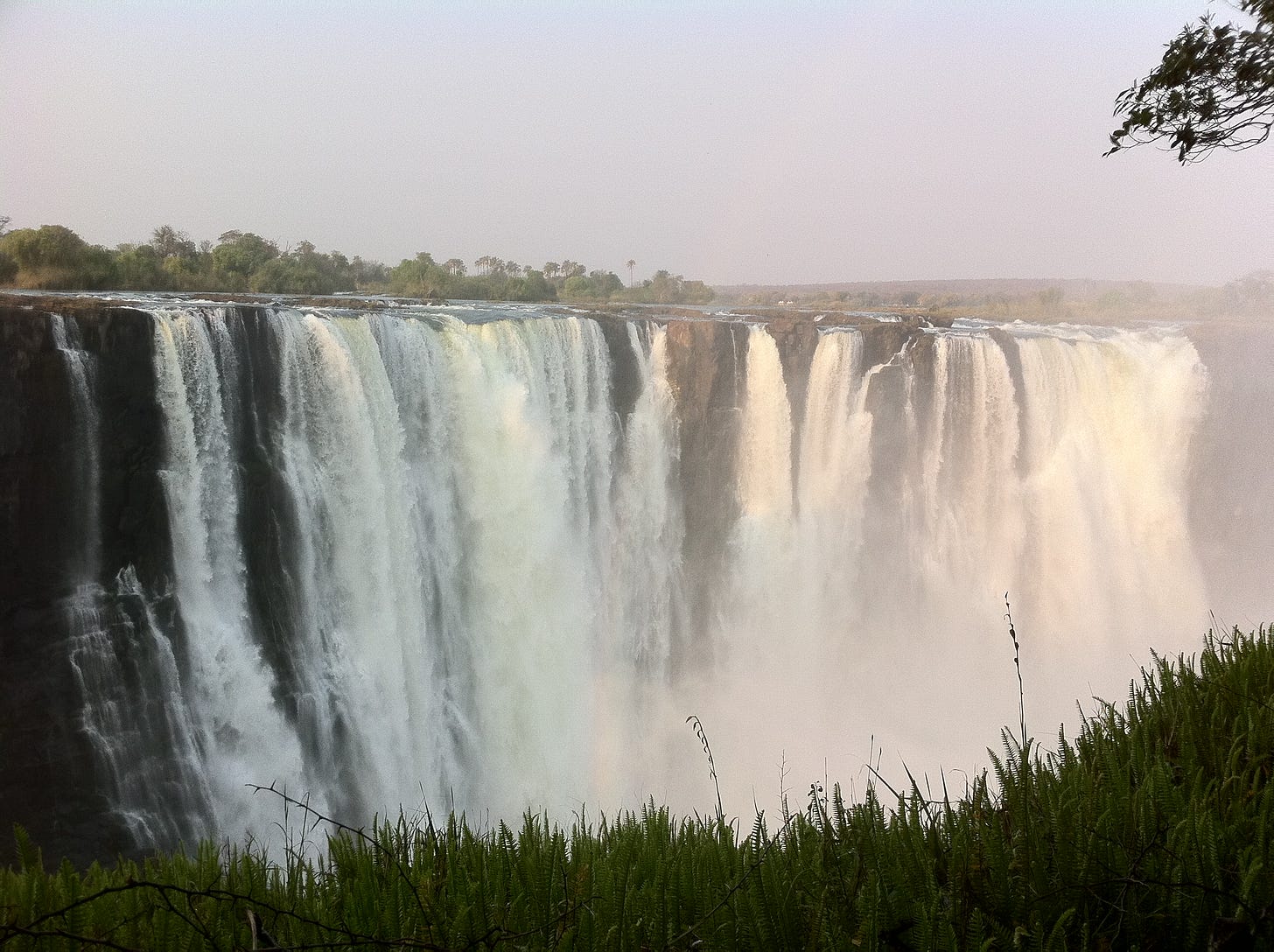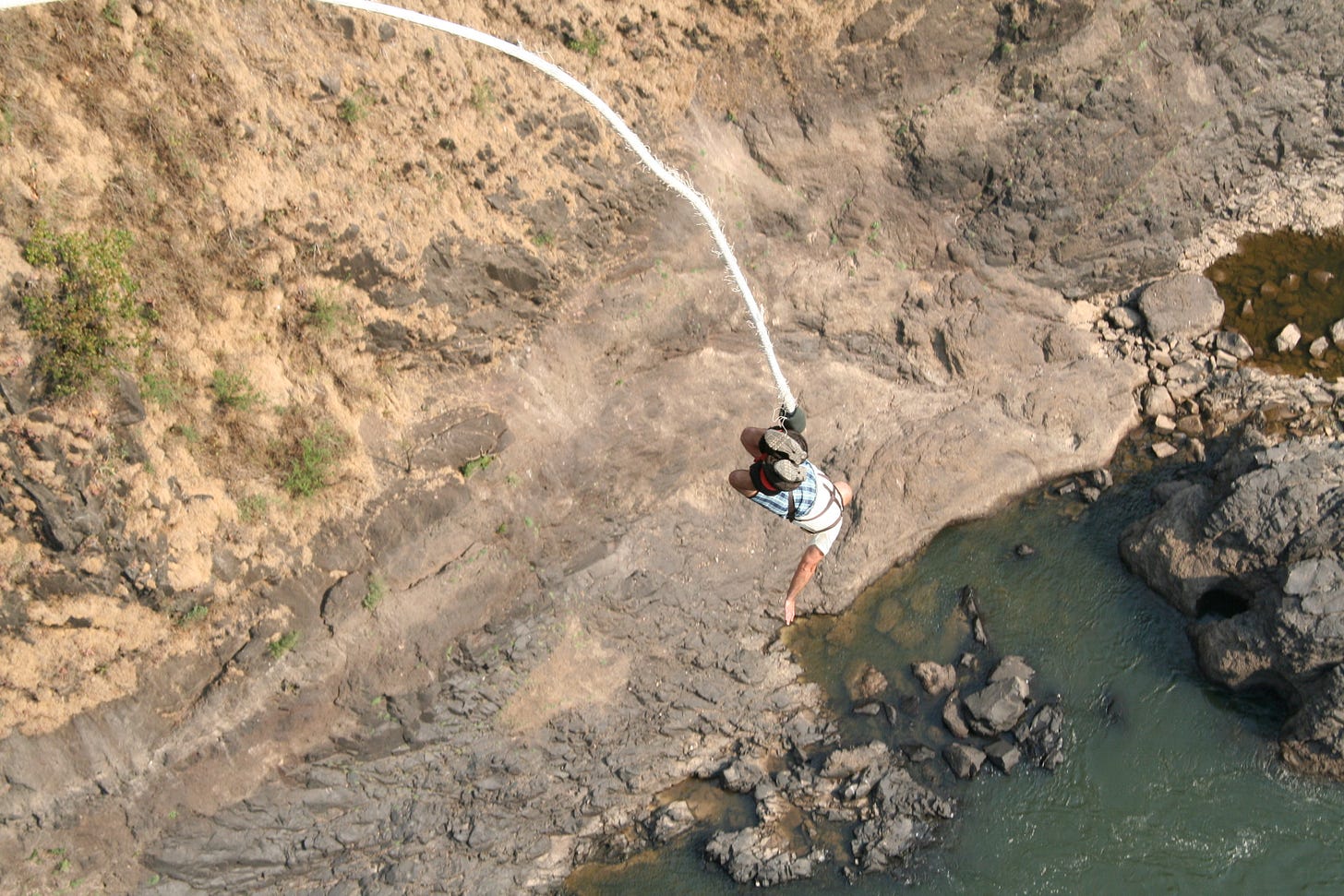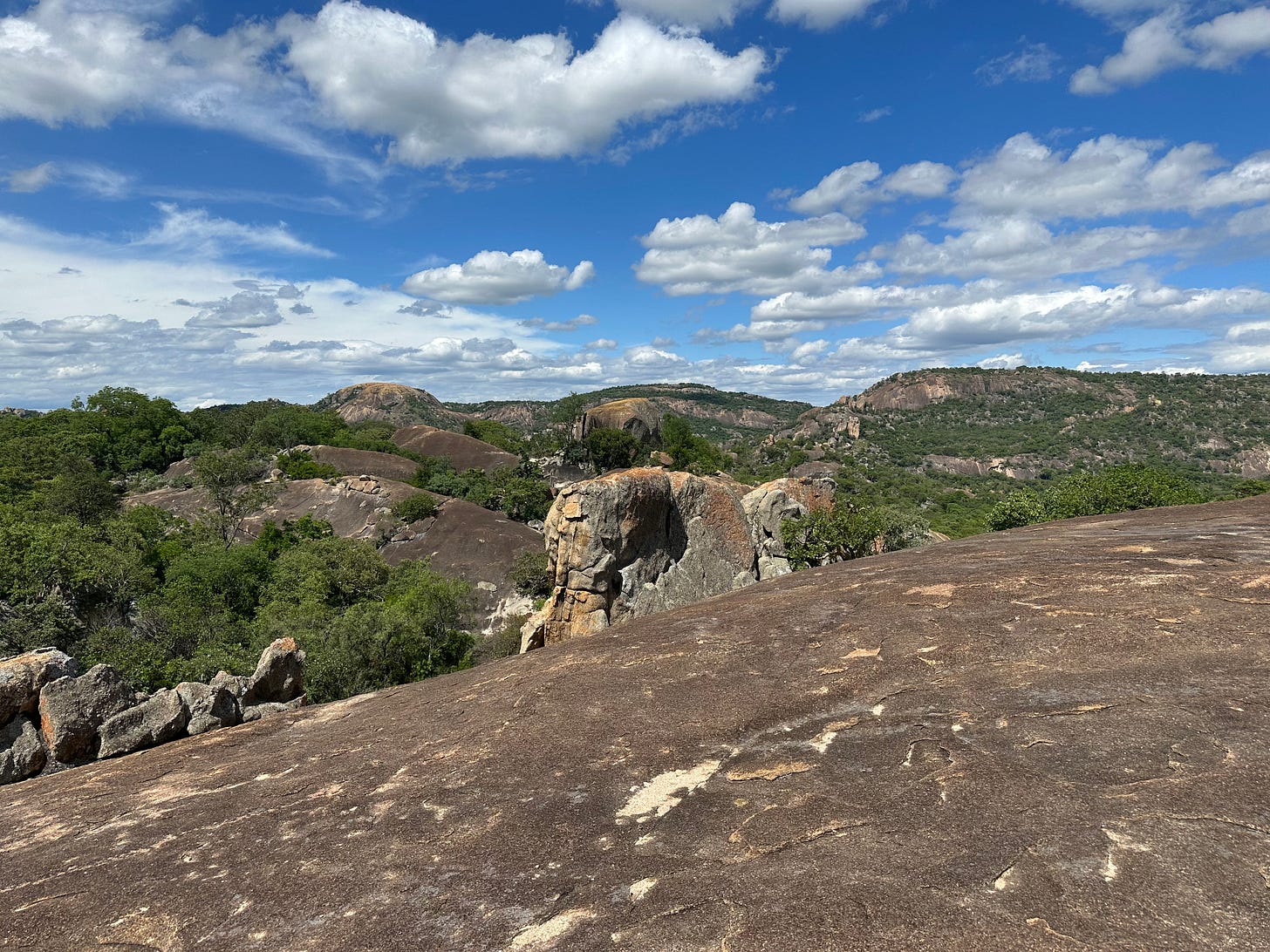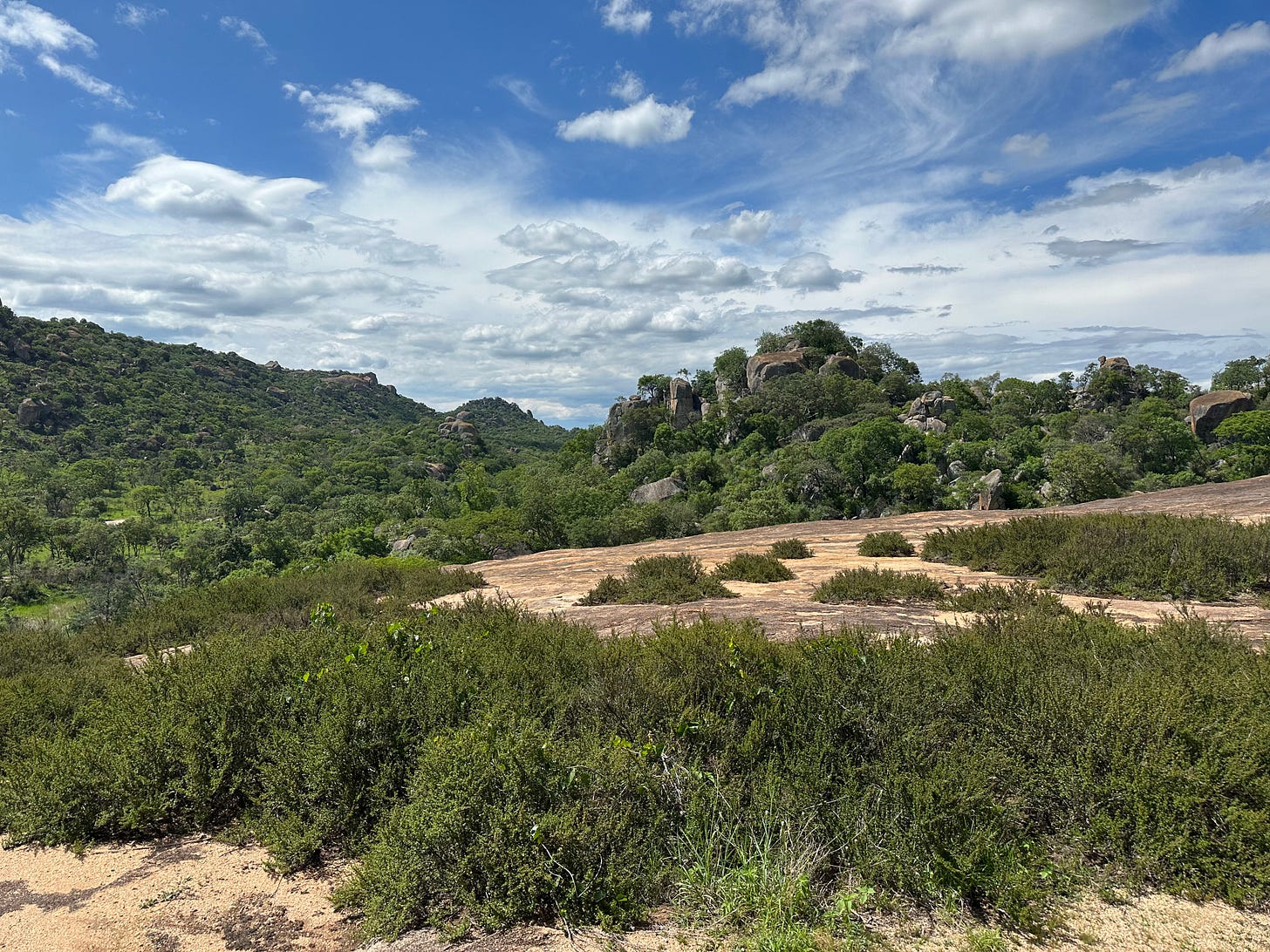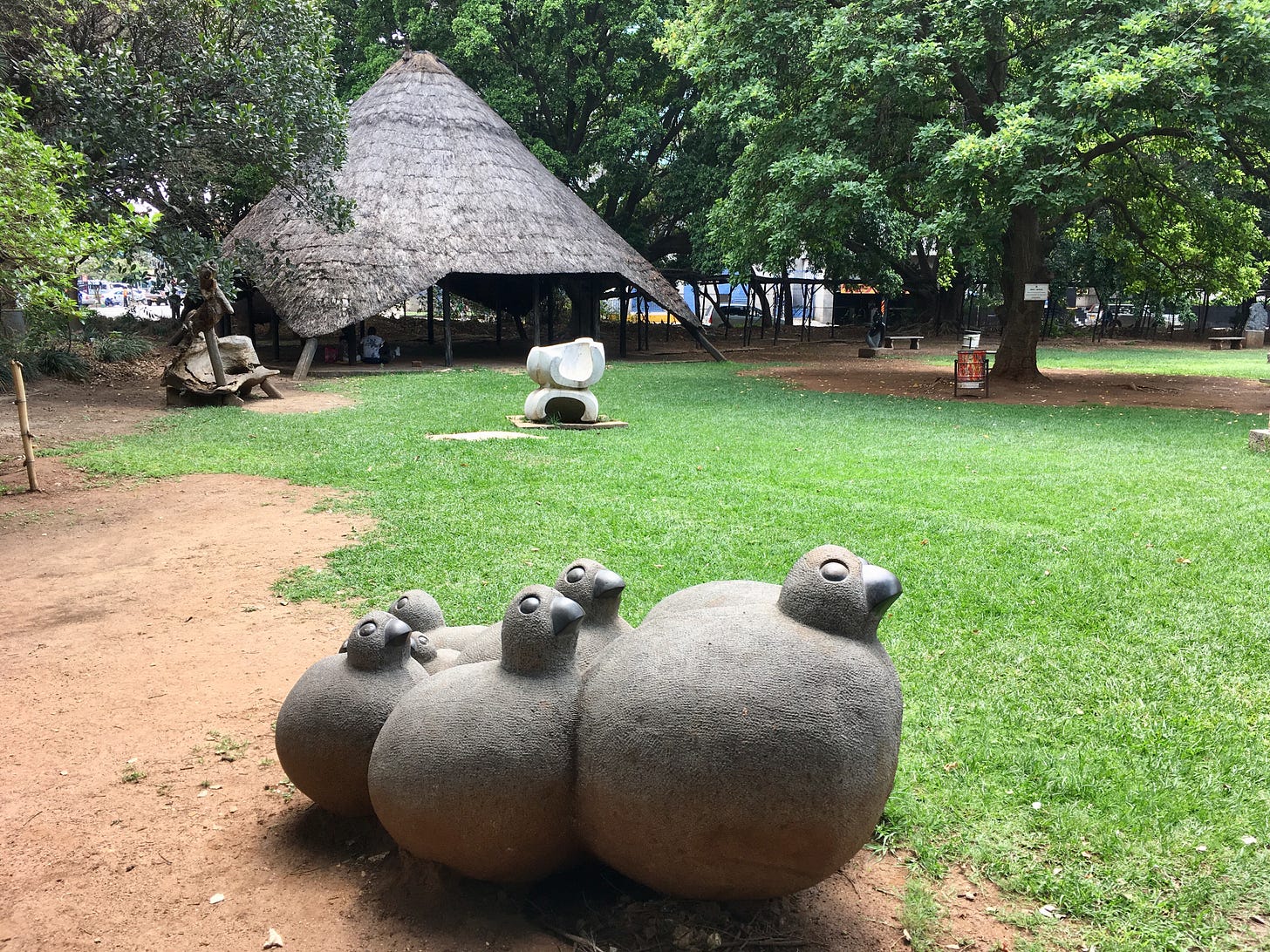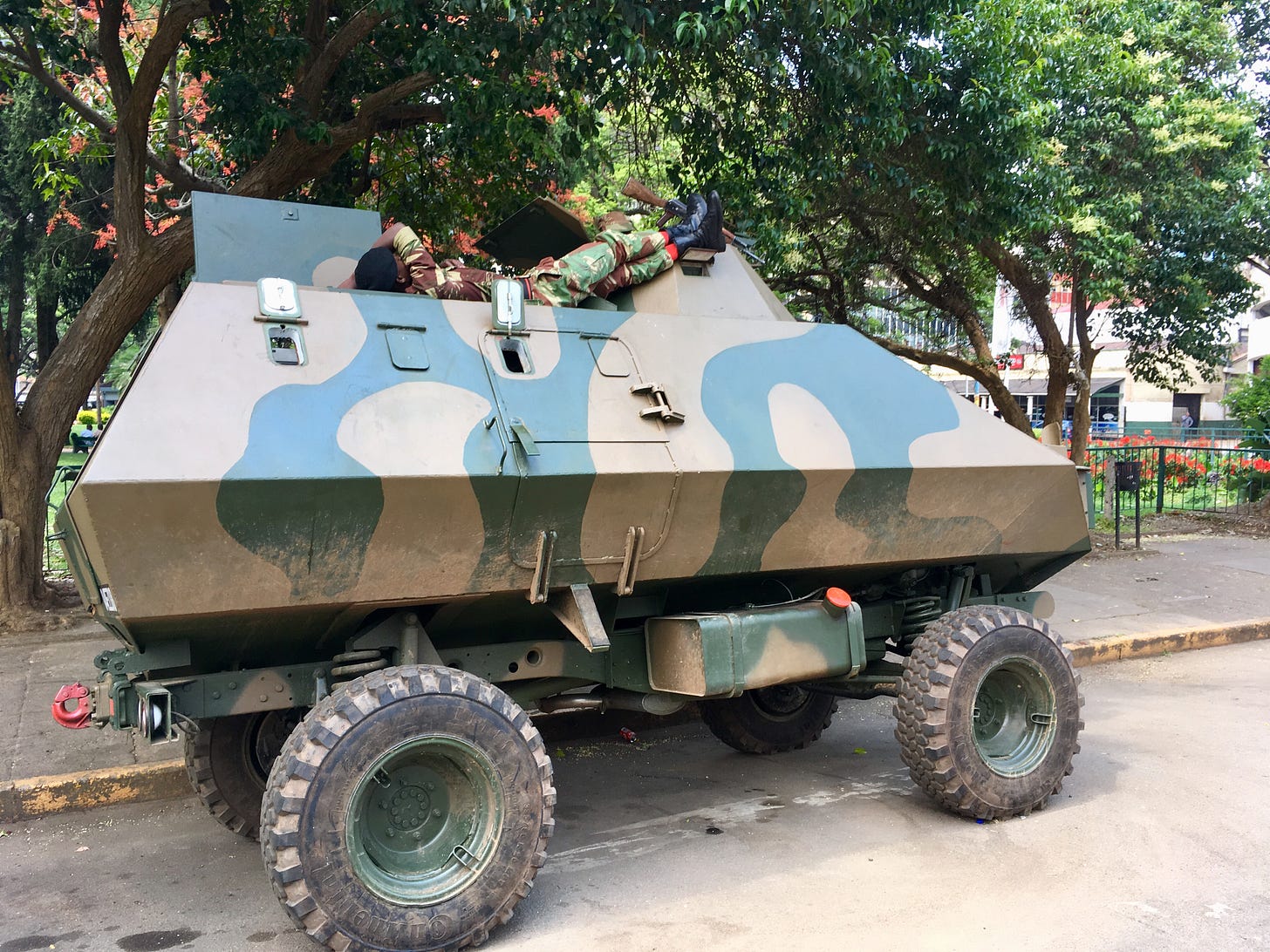From Harare Hot Takes to Vic Falls and Feline Friends, Zimbabwe has it all
You hear Victoria Falls long before you see it. The Zambezi River crashes over a basalt edge, turning flowing water into clouds midair. Most trips to Zimbabwe start here, with mist in your hair and awe in your eyes.
Another big reason people come to Zimbabwe? The Big Five. They definitely give main-character energy, and Victoria Falls, aka “the smoke that thunders,” is a mic drop. Victoria Falls Town also makes an easy springboard to its neighbors. Walk across the bridge over the Zambezi to collect another passport stamp and a different angle on the falls in Livingstone, Zambia. Book a day trip to Chobe, Botswana, for an elephant parade by riverboat. If you’re craving the rhythm of a true African overland experience, Namibia’s Caprivi Strip beckons too. Zimbabwe doesn’t just wow, it pulls you in and invites you on an adventure.
Victoria Falls is also southern Africa’s unofficial dare-me hub. There’s the gorge swing, the bridge bungee, sunset cruises where hippos yawn like they’re bored of your selfies, and that brilliant golden hour light that makes your camera roll look like it went to film school.
And yet, here’s where Zimbabwe gets interesting: the thrill isn’t just vertical. After your safari checklists (Hwange, Mana Pools, etc.) are satisfyingly ticked off, the country starts whispering quieter invitations: granite hills where you can hear the elders, coffee shops where new friends are all but guaranteed, and relics of one of the largest empires in history.
Bulawayo & the Matobo Hills: Where Stone Remembers
South of Bulawayo, the Matobo (Matopos) Hills rise in a composition of balancing rocks that look like their creator had an argument with gravity. Hike a slab in the cool morning air and you’ll hear the click of lizards, the distant screech of a raptor, and the sound of your own feet, because the rock holds sound the same way a monk holds silence. There’s ancient history here too: caves with San rock art, sacred sites, and guides whose stories pull the landscape into focus.
Back in Bulawayo, slow down. It’s a city of wide avenues and shade trees, where golden-hour light drapes itself over old colonial-era verandas. Duck into the Railway Museum and you’ll find time machines parked in the sun: locomotives you can climb, carriages that smell faintly of oil and eucalyptus, descriptors that speak in the plain tones of another era. It’s wonderfully hands-on; you leave with dust on your shoes and a grin. Make sure to talk to the museum manager…he has decades of experience dating back to Rhodesia Railways and is happy to talk your ear off with fascinating stories.
Harare: Caffeine, Sculpture, and a City That Talks Back to You
Many travelers skip Harare, and that’s definitely the wrong move. The capital runs on conversation. Start with a flat white in a laid-back café where people greet each other by name. Ask your barista where to hear mbira tonight and you’ll likely get multiple suggestions, and a friend to text when you arrive. Galleries spill outdoors into sculpture gardens; the famous Shona stone carving isn’t a relic, it’s a living tradition that keeps evolving. Serpentine one day, granite the next.
Here’s what sneaks up on you: Zimbabweans are insanely welcoming. Curious, funny, generous with directions and detours. I’ve never left without at least one new WhatsApp thread and a promise to come back for that braai I missed. If the Big Five are the headline, the people are the plot twist.
“But Is It Safe?”
If you haven’t been to Africa before, safety is the question that looms large under all the others. The honest answer: apply the same common sense you’d use in any large city or busy tourist hub—be alert, avoid protests, keep valuables tucked away—and you’ll likely find Zimbabwe feels more relaxed than you expected. Even when the country hits a political pothole, it rarely translates into danger for visitors.
During the 2017 unseating of long-time ruler Robert Mugabe, the photograph that felt most Zimbabwean to me wasn’t a barricade, it was a soldier napping on an armored vehicle in a shady Harare park. The city buzzed, people went about their days, and the tension passed. Zimbabwe’s dramas tend to be short-lived and highly local. The welcome stays steady.
A Few Ways to Go Beyond the Headliners
Trade a game drive for granite. After your safari, spend a day among Matobo’s kopjes with a guide who can decode the rock art and the eagle thermals. Bring water, an early start, and the willingness to sit still and just ponder.
Make the border your friend. From Vic Falls, day trips to Chobe are easy (elephants crossing the river never gets old). Walk the bridge into Zambia for a different perspective on the falls. If you’re looping wider, work in Namibia’s Caprivi for river time and road-trip bragging rights.
Let Harare introduce itself. Start with coffee. Add a gallery. End with live music in a courtyard or a garden bar. If someone invites you along, say yes—ALWAYS say yes—you’ll be swapping stories before the second round.
Ride the rails of memory. In Bulawayo’s museum, climb the steps, read the plaques, sit quietly in a carriage, and listen to the past hum. Then go find a sundowner and toast to the long, long line of travelers who came by train in another time.

